When you think about athletic gains, it's easy to stick to familiar routines, but consider how alternative techniques might elevate your performance. Incorporating methods like high-intensity interval training or yoga not only enhances physical capabilities but can also prevent injuries and keep your training fresh. By exploring these diverse approaches, you might uncover potential you never knew existed. What if the key to your next breakthrough lies in a method you've yet to try? The journey into these innovative techniques could reveal more than just physical improvements.
The Evolving Landscape of Sports
The landscape of sports is constantly evolving, with new techniques and training methods emerging regularly. As an athlete, you need to stay informed about these innovations to gain a competitive edge. From advanced analytics to cutting-edge technology, the way you train, recover, and compete is transforming at a rapid pace.
You might've noticed that traditional training regimens are becoming less popular as athletes turn to alternative methods that promise greater efficiency and effectiveness. High-intensity interval training (HIIT), functional movement patterns, and sport-specific drills are just a few examples of how training is adapting to better suit your needs. These methods often focus on building strength, endurance, and agility in a way that's tailored to your sport, allowing you to maximize your potential.
Moreover, recovery techniques are also evolving. You might explore options like cryotherapy, foam rolling, or even mindfulness practices to enhance your recovery and mental toughness. Understanding these advancements can help you choose what works best for your body and your goals.
Technology is playing a significant role in this evolution, too. Wearable devices and apps can track your performance, providing you with real-time data to refine your training regimen. You'll find that embracing these advancements not only improves your athletic performance but also keeps you engaged and motivated.
In this ever-changing landscape, being open to alternative techniques can make all the difference in your journey as an athlete. So, stay curious and adaptable, and you'll continue to grow and excel in your sport.
Benefits of Alternative Techniques
When you explore alternative techniques, you'll find they offer significant benefits for athletes.
Enhanced recovery methods can speed up your healing process, while effective injury prevention strategies help keep you on the field.
Embracing these approaches can transform your performance and overall well-being.
Enhanced Recovery Methods
Athletes' recovery routines can greatly benefit from exploring alternative techniques that go beyond traditional methods. You might find that incorporating practices like cryotherapy, infrared sauna sessions, or massage therapy can enhance your overall recovery process.
These methods help reduce inflammation, alleviate soreness, and promote muscle relaxation, allowing you to bounce back quicker between training sessions or competitions.
In addition to physical benefits, alternative recovery techniques can also improve your mental state. Techniques such as mindfulness meditation or yoga can help you manage stress and improve your focus.
When you're mentally sharp and relaxed, your body responds better to physical demands.
Furthermore, integrating nutrition-focused recovery strategies, such as antioxidant-rich foods or targeted supplements, can support your body's healing process.
This holistic approach guarantees you're not just recovering but thriving, ready to take on your next challenge.
Injury Prevention Strategies
Incorporating alternative techniques into your training regimen can greatly enhance your injury prevention strategies. These methods often focus on improving flexibility, mobility, and overall body awareness, which are essential for reducing the risk of injuries.
For instance, practices like yoga and Pilates can help you develop better core strength and flexibility, allowing your muscles and joints to work more effectively during intense training sessions.
Moreover, alternative techniques such as foam rolling and myofascial release can alleviate muscle tightness and improve circulation. By regularly incorporating these practices, you can increase blood flow to your muscles and promote faster recovery, which ultimately reduces the chances of overuse injuries.
Another valuable approach is incorporating balance and stability training, which can enhance your proprioception and coordination. This not only helps prevent falls but also prepares your body for sudden movements during sports.
Mindfulness and Mental Performance
Practicing mindfulness can considerably enhance your mental performance in sports. When you engage in mindfulness, you train your brain to focus better, manage stress, and improve overall mental clarity. These benefits can lead to significant gains in your athletic performance.
Here are three key ways mindfulness can elevate your game:
- Improved Focus: Mindfulness helps you stay present, enabling you to concentrate on your technique, strategy, and opponents without being distracted by external factors or past mistakes.
- Enhanced Stress Management: By practicing mindfulness, you learn to recognize stress triggers and respond to them calmly. This ability allows you to maintain composure during high-pressure situations, such as competitions or critical moments in a game.
- Increased Resilience: Mindfulness fosters a growth mindset, which helps you bounce back from setbacks. Instead of dwelling on failures, you'll cultivate a positive attitude, learning from your experiences and applying those lessons to future performances.
Incorporating mindfulness into your training routine doesn't require extensive time commitments. Simple practices like breathing exercises, meditation, or even mindful walking can make a significant difference.
As you integrate these techniques, you'll find that not only does your mental performance improve, but your overall enjoyment of the sport does too. By focusing on the present and honing your mental skills, you set yourself up for sustained athletic success.
Innovative Strength Training Methods
Exploring innovative strength training methods can release new levels of athletic performance. You might've tried conventional weightlifting, but integrating fresh techniques can invigorate your routine and enhance your results.
One approach gaining popularity is functional training, which focuses on movements that mimic everyday activities. By incorporating exercises like kettlebell swings or medicine ball throws, you'll not only build strength but also improve your overall coordination and stability.
Another method worth considering is high-intensity interval training (HIIT). This technique alternates between short bursts of intense effort and periods of rest, helping you maximize strength gains and boost your cardiovascular fitness in less time. You can easily incorporate resistance exercises into your HIIT sessions, allowing you to build muscle while improving endurance.
Incorporating bodyweight training into your regimen can also be effective. Exercises like push-ups, pull-ups, and squats utilize your body's weight as resistance, promoting strength without heavy equipment. This method encourages functional strength and flexibility, making it ideal for athletes looking to enhance their overall performance.
Lastly, consider incorporating variable resistance training. Using bands or chains can alter the resistance throughout the movement, challenging your muscles differently and promoting growth. This approach helps prevent plateaus and keeps your workouts engaging.
Recovery Techniques Beyond Tradition
Athletes' recovery strategies often extend beyond traditional methods like rest and ice baths, embracing innovative techniques that enhance muscle repair and overall performance.
These cutting-edge approaches not only speed up recovery but also help you maintain peak physical condition. Here are three recovery techniques that you might consider incorporating into your routine:
- Active Recovery: Engaging in low-intensity exercises, such as walking or cycling, can promote blood flow and help flush out lactic acid from your muscles. This keeps your body moving without putting too much strain on it.
- Cryotherapy: This technique involves exposing your body to extremely cold temperatures for short periods. It reduces inflammation and pain, allowing your muscles to recover faster. Many athletes swear by cryo chambers or ice packs for quick recovery.
- Foam Rolling: This self-myofascial release technique helps relieve muscle tightness and improve flexibility. By rolling over sore spots, you break down knots and increase blood flow, helping your muscles recover and preventing future injuries.
Incorporating these innovative recovery techniques into your regimen can make a noticeable difference in how you feel and perform.
Nutrition as an Alternative Approach
Nutrition plays an essential role in your athletic performance, and focusing on whole foods can make a significant difference.
By implementing nutrient timing strategies, you can optimize your energy levels and recovery.
Let's explore how these approaches can enhance your training results.
Nutrient Timing Strategies
Timing your nutrient intake can considerably influence your athletic performance and recovery. By strategically planning when you eat, you can maximize your results and feel more energized during your workouts.
Here are three key nutrient timing strategies to take into account:
- Pre-Workout Nutrition: Eating a balanced meal or snack containing carbohydrates and protein about 30 minutes to 2 hours before your workout can provide the energy you need and enhance your performance.
- Post-Workout Recovery: Consuming protein and carbohydrates within 30 minutes after exercising is essential for muscle recovery and replenishing glycogen stores. This timing helps your body repair and grow stronger.
- Regular Meal Intervals: Spreading your meals and snacks throughout the day can keep your energy levels stable. Aim for every 3-4 hours to prevent energy dips and maintain peak performance.
Whole Foods Focus
Focusing on whole foods can transform your athletic performance and overall health. Instead of relying on processed snacks and supplements, you can fuel your body with nutrient-dense options that provide the vitamins, minerals, and antioxidants necessary for peak function. Whole foods, such as fruits, vegetables, whole grains, lean proteins, and healthy fats, offer a balanced approach to nutrition that enhances energy levels and supports recovery.
When you prioritize whole foods, you're not just improving your diet; you're also enhancing your performance. Foods like quinoa, sweet potatoes, and leafy greens can boost your stamina and endurance, while lean meats and legumes provide the protein needed for muscle repair and growth. By incorporating these foods into your meals, you stabilize your energy levels, avoiding the crashes that often come from processed options.
Additionally, whole foods can aid in reducing inflammation, which is vital for athletes. The antioxidants found in colorful fruits and vegetables combat oxidative stress, allowing your body to recover faster.
The Role of Technology in Training
Technology has transformed the way athletes train, offering innovative tools that enhance performance and efficiency. With the integration of advanced gadgets and software, you can now track your progress and fine-tune your workouts like never before.
From wearable devices to sophisticated apps, the possibilities are endless.
Here are three key ways technology can elevate your training:
- Performance Tracking: Wearable tech, such as fitness trackers and smartwatches, allows you to monitor crucial statistics like heart rate, distance, and calories burned. This data helps you understand your limits and optimize your workouts.
- Virtual Coaching: Online platforms and apps provide access to expert advice and training plans tailored to your specific needs. You can receive personalized feedback, allowing you to make adjustments in real-time, even from the comfort of your home.
- Simulation and Analysis: Advanced software can analyze your technique through video playback and motion tracking. This enables you to identify areas for improvement and refine your skills with precision, giving you a competitive edge.
Cross-Training for Versatile Gains
Cross-training offers a dynamic way to boost your athletic performance by incorporating diverse workouts that challenge different muscle groups and skills. By mixing activities, you not only enhance your overall fitness but also reduce the risk of injury from overuse.
Think about it: when you run, swim, cycle, or lift weights, you're engaging different muscles, which helps prevent the monotony that can lead to burnout.
One of the main benefits of cross-training is improved flexibility and strength. For instance, if you're a runner, adding swimming or yoga to your routine can increase your lung capacity and flexibility, essential for better running form.
Likewise, if you're a cyclist, incorporating strength training can build the muscles needed for powerful pedal strokes.
You'll also find that cross-training can enhance your endurance. Engaging in various activities keeps your body guessing, which can lead to improved cardiovascular fitness.
The adaptability you gain translates to better performance in your primary sport.
Moreover, cross-training can be a lot of fun! Exploring new workouts not only keeps your regimen fresh but also provides opportunities to meet new people and learn new skills.
Whether it's a dance class, rock climbing, or circuit training, you'll discover that varying your approach can reignite your passion for fitness.
In short, cross-training allows you to become a more well-rounded athlete, ensuring that you're not just improving in one area but enhancing your performance across the board.
Embrace the variety and watch your athletic gains soar!
Overcoming Mental Barriers
Athletes often face mental barriers that can hinder their performance just as much as physical limitations. These barriers can stem from fear, self-doubt, or the pressure to succeed. Overcoming these obstacles is vital if you want to access your full potential.
Here are three effective strategies to help you break through mental barriers:
- Visualization: Picture yourself succeeding in your sport. Spend a few minutes daily imagining yourself executing perfect techniques or achieving personal bests. This practice not only builds confidence but also conditions your mind to expect success.
- Positive Self-Talk: Monitor the dialogue you have with yourself. Replace negative thoughts with affirmations that reinforce your strengths. For instance, instead of thinking, "I can't do this," switch to, "I'm capable, and I'll give it my all." This shift in mindset can greatly enhance your confidence.
- Mindfulness and Breathing Techniques: Incorporate mindfulness practices into your routine. Focusing on your breath can help ground you in the moment, reducing anxiety and stress. Take a few deep breaths before competitions or high-pressure situations to calm your nerves and sharpen your focus.
Personalization in Athletic Training
Personalization in athletic training has become a game-changer for those looking to maximize their performance. Instead of following a one-size-fits-all approach, you can now customize your training regimen based on your unique needs, goals, and body mechanics. This tailored approach helps you target specific areas for improvement, whether it's strength, endurance, flexibility, or recovery.
When you personalize your training, you start by evaluating your current fitness level and identifying your goals. Are you aiming to increase your speed for a competition, build muscle, or enhance your overall endurance? Knowing what you want to achieve allows you to create a plan that aligns with your aspirations.
You can also factor in your schedule, recovery times, and even your mental state. Not every day is the same, and sometimes you might need to adjust your training intensity or focus based on how you feel. Listening to your body is essential. By incorporating feedback and making real-time adjustments, you can optimize your workouts for better results.
Moreover, personalization extends to nutrition and recovery strategies. Tailoring your diet to fuel your training and aid recovery can greatly impact your performance. The right balance of macronutrients will support your energy levels and muscle repair.
Incorporating these personalized elements into your athletic training not only enhances your performance but also keeps you motivated and engaged. You'll find that when your training feels relevant and effective, you're more likely to stick with it and achieve your goals.
Conclusion
Incorporating alternative techniques into your training can transform your athletic performance and overall fitness experience. By embracing diverse methods like HIIT, yoga, and innovative strength training, you'll not only enhance your physical abilities but also prevent injuries. Additionally, exploring new approaches keeps your workouts fresh and exciting. Remember, personalizing your training and focusing on mental performance is just as essential. So, don't hesitate to experiment with these techniques and open up your full athletic potential!



